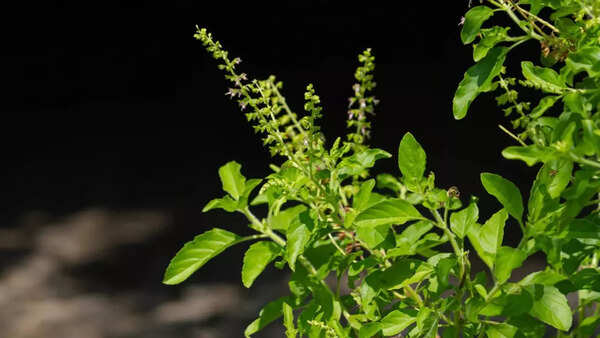Tulsi: The Queen of Herbs and Its Scientific Identity

Tulsi: The Queen of Herbs and Its Scientific Identity
The globally recognised name for India’s revered “Queen of Herbs” is Ocimum tenuiflorum, also known by its synonym Ocimum sanctum, commonly called Holy Basil.
Walk into almost any traditional Indian home, and you’ll likely spot a small, fragrant plant sitting by the window, courtyard, or temple corner—the Tulsi. For centuries, it has been worshipped as sacred and used as a potent home remedy for everything from colds to stress. Yet, beyond its cultural and spiritual value, Tulsi holds a firm place in global herbal medicine, making its scientific classification vital for researchers and cultivators alike.
Scientific Name and Classification
The officially recognised scientific name of Tulsi is Ocimum tenuiflorum, though Ocimum sanctum remains widely used in both academic and traditional contexts. This naming follows the binomial nomenclature system introduced by the Swedish botanist Carl Linnaeus, which gives every species a universal two-part Latin name:
- Ocimum → Genus, referring to a group of aromatic plants that includes common basil (Ocimum basilicum).
- tenuiflorum → Species, meaning “slender-flowered,” describing the delicate nature of its blooms.
Botanical Classification of Tulsi
| Rank | Scientific Category | Details / Notes |
|---|---|---|
| Kingdom | Plantae | All green, photosynthetic plants |
| Order | Lamiales | Includes mint, lavender, and olive families |
| Family | Lamiaceae | The mint family; known for aromatic herbs |
| Genus | Ocimum | Encompasses basil species |
| Species | O. tenuiflorum | The specific Tulsi plant—“slender-flowered basil” |
Origin and Distribution
Tulsi is native to India and Southeast Asia, where it has been revered in Ayurvedic medicine for over 3,000 years. From India, it spread across tropical regions of Asia, Africa, and other parts of the world, growing in both household gardens and commercial farms.
While it’s difficult to pinpoint a single “largest producer” because so much Tulsi cultivation happens in home gardens, India remains the heart of global production and consumption—especially for herbal teas, essential oils, and natural immunity boosters.
Importance of Knowing the Scientific Name
Understanding Tulsi’s scientific identity is more than an academic exercise—it’s essential for:
- Differentiating Tulsi from other basil species
- Ensuring accuracy in herbal and pharmacological research
- Maintaining global standardisation for Ayurvedic and wellness products
- Supporting sustainable cultivation and authentic global trade
In Essence
Knowing that Tulsi’s scientific name is Ocimum tenuiflorum gives us more than a label—it connects ancient wisdom with modern science. It ensures that as the world continues to embrace natural remedies, this sacred and healing plant is recognised, respected, and preserved for generations to come.
Tulsi truly lives up to its title as India’s Queen of Herbs—a symbol of purity, protection, and balance between nature and life.










